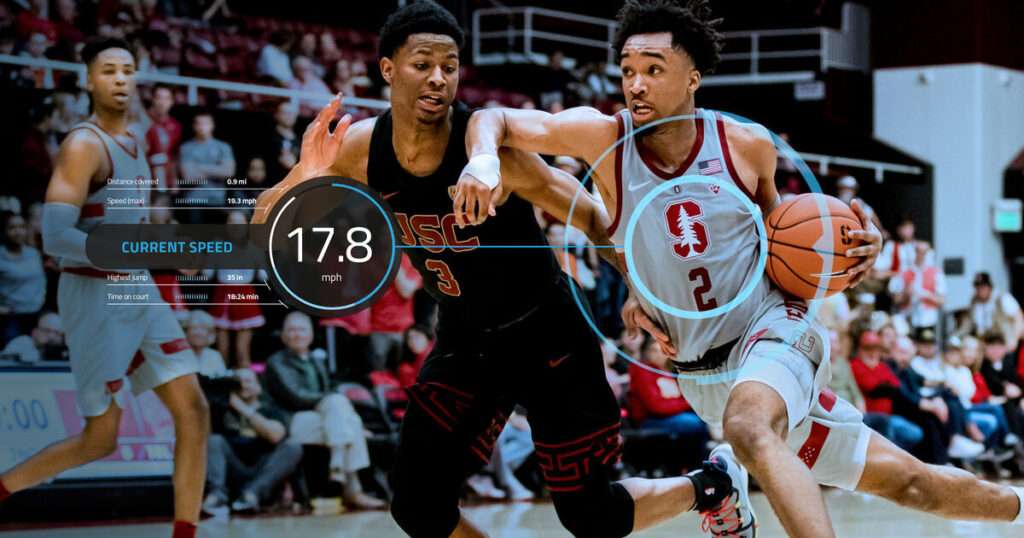It has only been a few years since NBA teams stopped choosing the players based on the scout’s view and intuition. The role of analytics has changed how the players assess one’s performance, and change would not have been possible before.
This transformation is changing the dynamics of draft strategies as teams begin to make tactical decisions that can be less arbitrary, thus increasing the chances of a positive outcome. The latter was also observed by betting companies to set the odds more prudently.
Evolution of Draft Strategies
A decade ago, NBA teams operated without analytics, leaning heavily on scouts’ perceptions and traditional statistics like points, rebounds, and assists. Some even base their decisions on physical attributes like height and athleticism rather than the more nuanced measures of potential value. Betting platforms like Melbet also apply this data to ascertain a player’s performance, enabling odds to correspond to the team’s analytical type. The latter has completely shifted the franchise’s draft strategies, allowing them to find perfect talents that usual scouts could not readily identify.
The “eye test” was the norm, and gut feelings often determined the selection of the next big star. It was the era of traditional scouting. Today, the process is different. Statistics provide more light on what specific aspect a given player can contribute in the game, how they shoot during clutch moments, and how effective they are about the other players on the field, among other factors.
The Role of Advanced Metrics
Sophisticated stats have emerged as central in capturing a player’s true worth in the game. They are more extensive than the scores they record to reflect a given player’s performance. It did not take long for Melbet Mongolia and other social media betting pages to realize professionals’ growth, follow their teams more closely, and develop more informed bets. The monstrous rise influenced betting probabilities even as athletes became a choice for amateurs and professional gamblers. Here are a few key metrics used by NBA teams today:
- True Shooting Percentage (TS%): It adjusts by free throws and three-point shooting efficiency.
- Player Efficiency Rating (PER): This rating measures a player’s performance over the number of minutes spent in the game.
- Win Shares: It means predicting the percentage that a player contributes.
These metrics are powerful tools that change contributions and provide valuable insights. Team management and long-term staff become more innovative and have better prospects for drafting.
Case Studies of Analytics in Action
Once based on instincts, drafting has undergone several changes for NBA teams with the help of analytics. Analyzing such examples allows us to find both the benefits and drawbacks of this approach, which determines further developments.

Success Stories
Indeed, one of the biggest success stories is the Milwaukee Bucks’ selection of Giannis Antetokounmpo in 2013. Despite his raw talent abilities and lack of experience, the team looked deeper into his advanced analytical potential. They justified the decision because of his length, mobility, and versatility.
The result? Giannis emerged as a two-time MVP and a key contributor to their NBA finals victory in 2021, meaning that analytics can be very effective in estimating future stars often overshadowed by other traditional means. Similarly, the Denver Nuggets’ maneuvering to produce Nikola Jokić in the second round was based on data analytics. Jokič, a “stretch big man” who disregarded aspects of basketball by modern NBA standards, was rewarded for his excellent passing efficiency and became the league MVP in 2021.
Lessons from Failures
However, not all data-based choices can be golden. The case of Marvin Bagley III over Luka Dončić in the 2018 Sacramento Kings’ selection can be a suitable example. Unfortunately, an analysis of Bagley’s college statistics revealed some issues regarding his ability to defend in the NBA and how he would fit in the league in the long term.
The other example is the Philadelphia 76ers’ selection of Markelle Fultz in the 2017-2018 season. Fultz had exceptional scores using the statistics and the standards of a classic scout, but injuries and psychological barriers became the main issues during his early career.
Impact on Team Composition
Analytics influences draft picks and shapes how rosters are built. These analytics are not limited to how the team selects its players through the draft, but they also play a massive role. Key elements NBA players consider include:
- Positional Versatility: This is more desirable because companies that can adapt them to several positions will get higher output.
- Lineup Synergy: Equally essential is how effectively the player fits into the existing teammates’ structure.
- Defensive Impact: Other methods, including Defensive Box Plus-Minus, are also used to analyze a player’s defensive aspect.
Collectively, these elements lead to more informed roster decisions, ultimately improving the members’ overall performance.
Future Trends in NBA Drafting
Things will only get even more refined as analytics goes on, and picking players in the NBA draft will require better methods. The use of such algorithms is deemed to rise as teams want to know how much a player has left in them physically and how long they can progress further.
Virtual simulations have become mainstream, through which players can predict how draft picks would integrate into one or another’s strategies. The leveraging of these innovations and the role of more in-depth data analysis in drafting may take NBA drafting to new levels of the finer art of constructing a roster.
Final Thoughts
Now, analytics and the numbers game are quickly taking root in the NBA, transitioning how teams select their players, construct their squads, and even start strategizing for victory. As people and technology progress further and deeper into this fiscal year, the advancements in data analysis promise more innovations that will redefine the identification and development of talents in the league.







